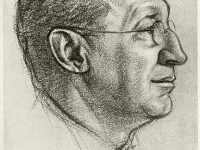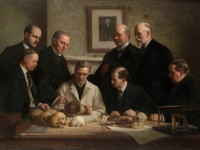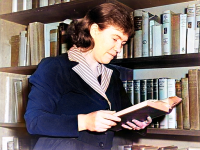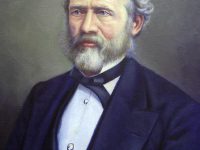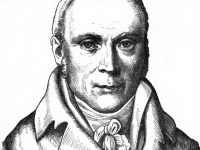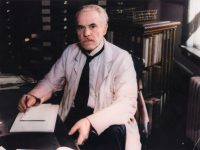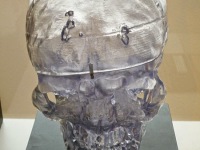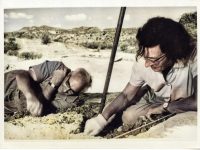Charles Gabriel Seligman and the Hamitic Hypothesis
On December 24, 1873, British physician and ethnologist Charles Gabriel Seligman was born. Seligman‘s main ethnographic work described the culture of the Vedda people of Sri Lanka and the Shilluk people of the Sudan. He was a proponent of the Hamitic hypothesis, according to which, some civilizations of Africa were thought to have been founded by Caucasoid Hamitic peoples. Charles Gabriel Seligman – Background Seligman was born into a middle class Jewish family…
Read more

